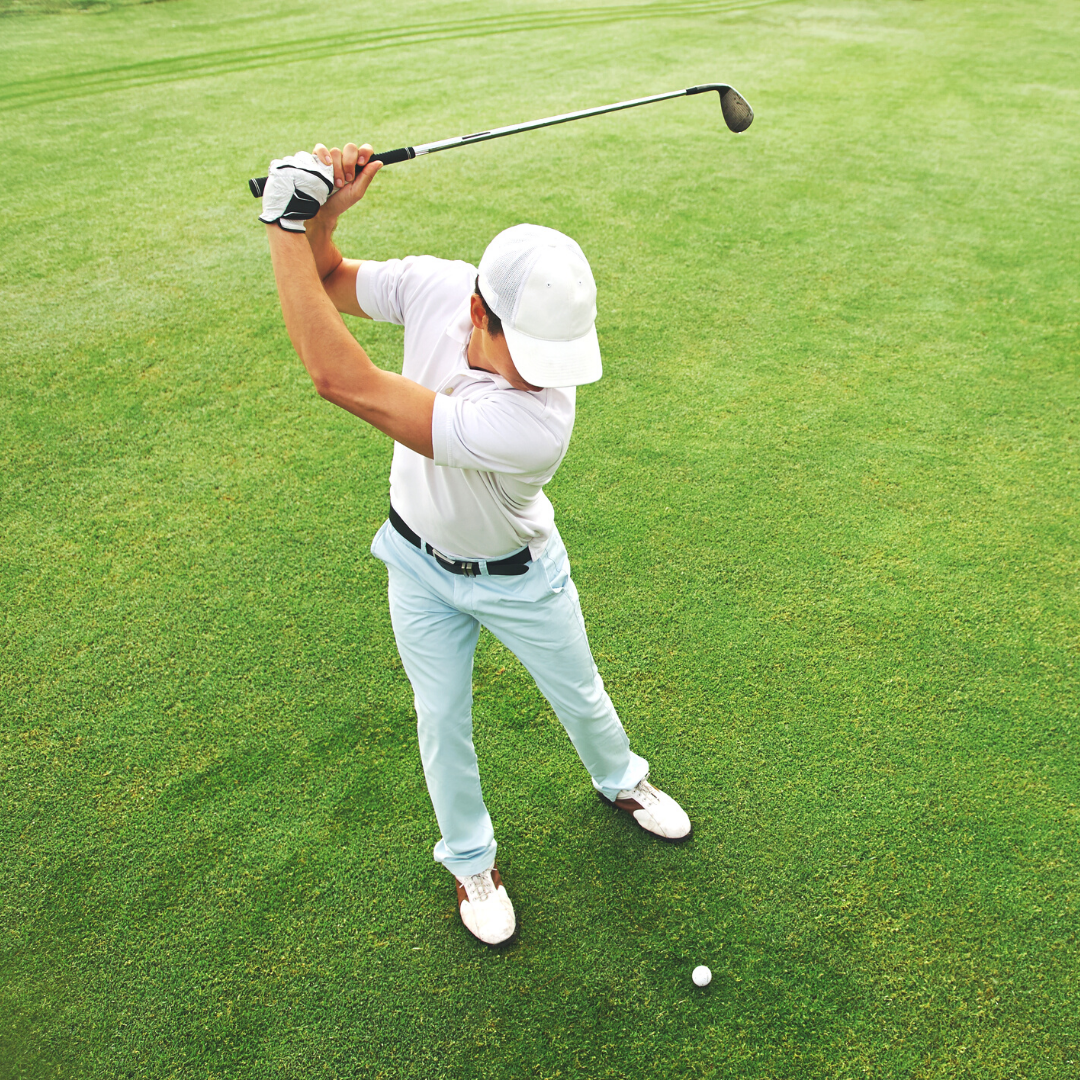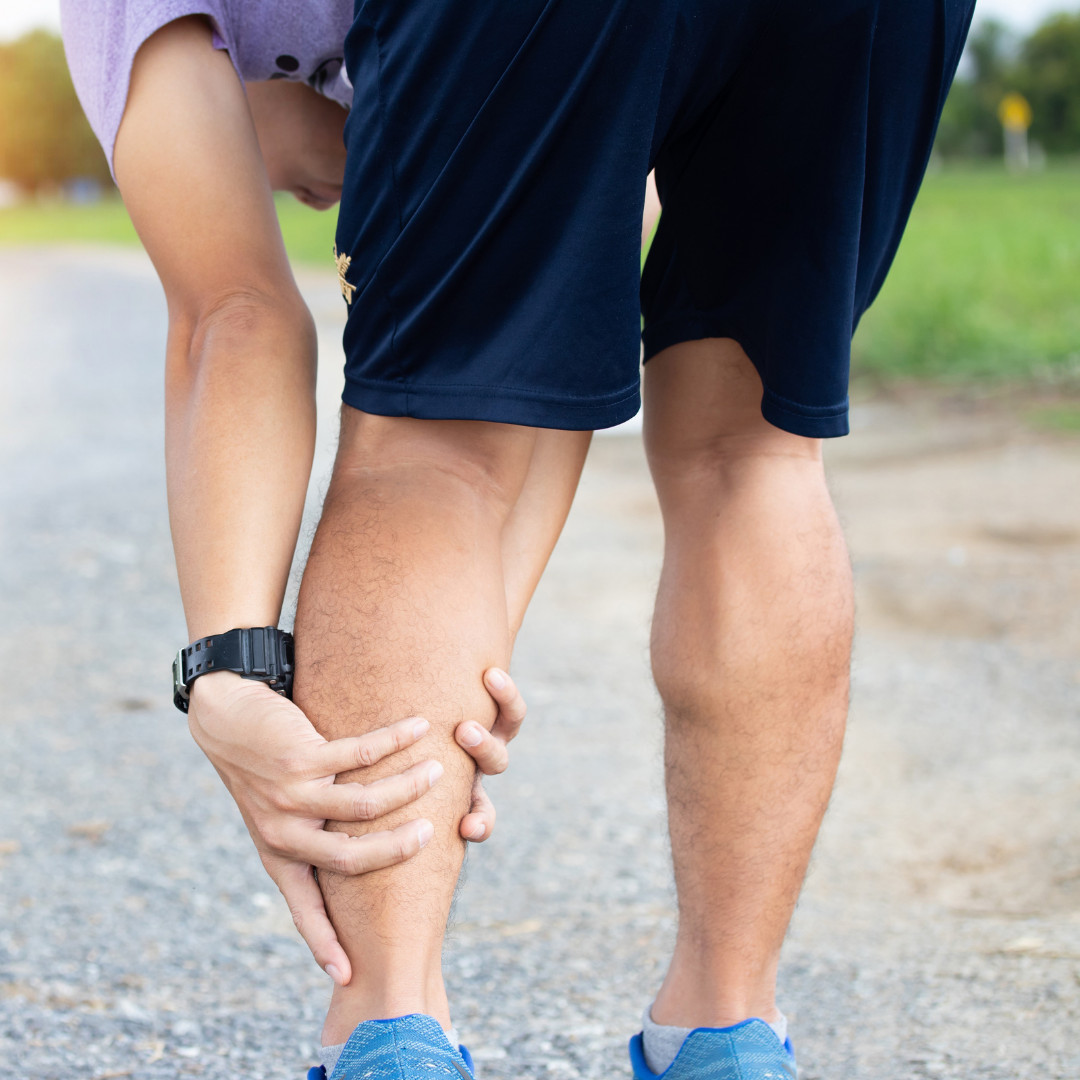Dance classes have become a very popular form of physical activity for kids and young adults. Parents often wonder if dancing places unusually increased stress on the developing foot.
Dr. Terry Spilken, DPM, Dean of Post- Graduate Education at the New York College of Podiatric Medicine/ Foot Clinics of New York in Manhattan, states that “the foot develops and changes constantly during the first few years of life. The formation of bones, called ossification, takes about ten years for a girl and twelve years for a boy. Certain bones are not fully formed until the age of twenty. Dance puts extra stress on young, growing bodies and ossification centers.”
Dr. Spilken further adds that “dance training can also affect the development of the leg and the position of the knee.” For example at birth, the legs appear bowed with a space between the knees (genu varum). By a year and a half to three years of age, the legs straighten. Between three and six, the knees appear closer together and the legs are in a knock-kneed position (genu valgum). They straighten out again by age seven and remain straight until puberty. However, from puberty until the age of eighteen, the knees go back to the knock-kneed position before straightening as an adult.
A typical dance class for children should follow some set guidelines. Dr. Spilken recommends that “it is imperative that no child be permitted to take class while wearing socks. Specific shoes for the dance form being studied should be worn, or no shoes if appropriate. If a child does not have the proper footwear, it is better for them to dance barefoot. The risk of injury while dancing in socks on a slippery floor is almost inevitable.”
Dance shoes should always fit properly. He comments that “there should be room for natural growth of the foot and its natural function. However, a shoe that is too large will cause problems and not allow the foot to function properly.”
Dr. Spilken recommends that “dance class should always begin with warm-up exercises to minimize injury. This includes stretching and flexibility training.” The class should always end with cooling down exercises.
Children learning to dance have a great demand on their lower body. Dr. Spilken remarks that “to minimize injury and undue strain, emphasis should be placed on proper alignment, coordination of movements, correct anatomical position with straight knees, strong ankles and feet, and finally, proper weight distribution”.
Several elementary movements require special attention. Repetition of a harmful pattern could eventually distort the normal foot alignment and lead to injuries. Dr. Spilken suggests following specific foot position guidelines for the young dancer that are best recommended and explained by a foot specialist.
Dr. Spilken warns that ballet class places additional forces on the developing body. For example he notes that in ballet, a 180-degree rotation or turnout is the main objective. This should be accomplished from the hips, not from the knees and feet. If children cannot rotate their hips enough, they will compensate by forcing their knees and ankles out. Moreover, to accomplish fifth position, children tend to bend their knees. A bent knee, besides being weak and aesthetically unappealing, will continue to exert pressure on the joints, causing knee instability and strain on the ligaments.
Dancing on pointe can also be harmful to children. “Children should be at least eleven or twelve years old before attempting to go on their toes. At that age, the bones should be in their proper position and formed to withstand the tremendous force exerted upon them”, he adds. Dr. Spilken remarks that “before beginning pointe class, children also should have completed a sufficient amount of training, usually four to five years. By that time children should have learned proper alignment and technique so the feet have had a chance to develop and strengthen.
Most of the problems which are experienced, such as muscle cramps and fatigue, are very common, yet not serious. Proper rest for a day or two, with typical home remedies, is effective in healing these maladies. It is important to see a podiatrist if a more serious foot or ankle problem occurs.



